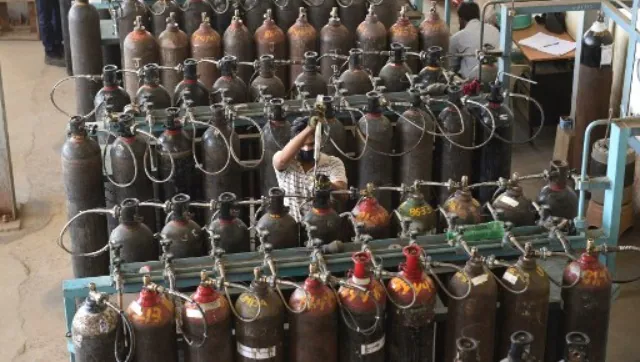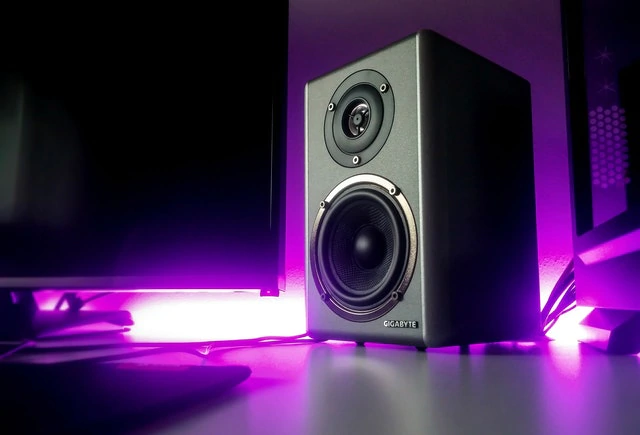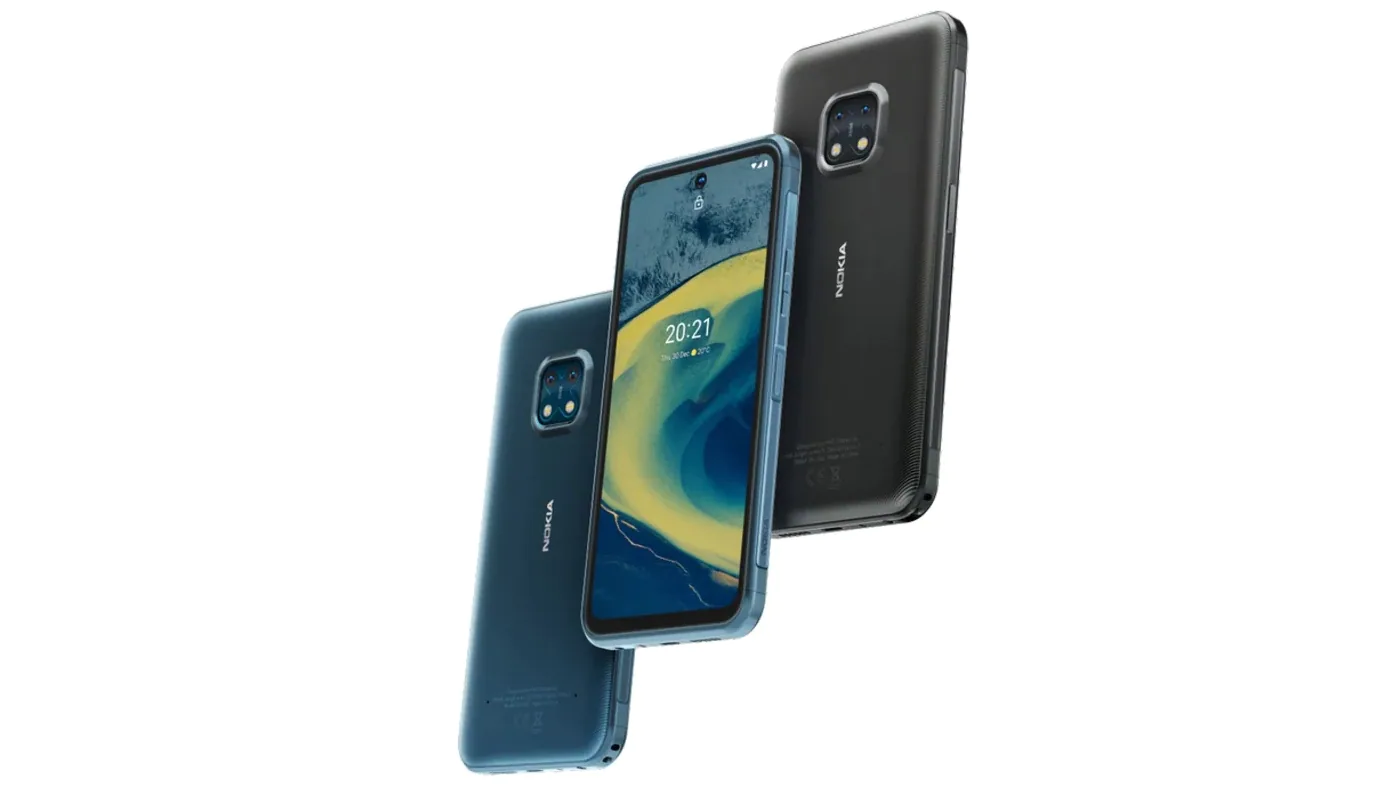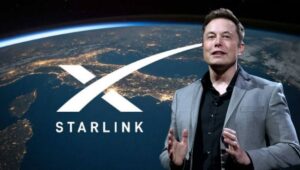Parth CharanDec 01, 2021 10:20:58 IST
As far as automobiles are concerned, electric power is undoubtedly the future. The source and repository of said electric power for the future has the house divided. While battery-powered electric vehicles (BEVs) have managed to gain considerable momentum in most parts of the world, it’s hydrogen fuel cell electrics (FCEVs) that, at least on paper, appear to be the most sustainable form of mobility. So just what are the key differences between battery electrics (powered using lithium-ion batteries) and hydrogen electrics (powered using a fuel cell)?
How it works
FCEVs are not to be confused with hydrogen combustion cars, which use hydrogen as the agent for propulsion. With an FCEV and a BEV, the source of power continues to be electricity. However, an FCEV produces electricity on the run, through the chemical reaction between hydrogen and oxygen, using a fuel cell.
Hydrogen is stored on-board much like petrol is stored in an internal combustion car, and the fuel cell sends the electricity generated through the chemical reaction to the electric motor(s) in the vehicle. With BEVs, electricity is stored in a lithium-ion battery, much like it is with any consumer electronic device, and transferred directly to one or multiple electric motors which propel the vehicle.
Range and efficiency
As things stand, the advantage lies with hydrogen-powered EVs. Hydrogen provides hundreds of times as much energy per kilogram, which gives a vehicle a much longer range without making it considerably heavier – a crucial impediment for BEVs which cannot extend their range without adding to the vehicle’s weight.
Simply put, li-ion batteries simply aren’t as power dense as a tank full of hydrogen. An incremental change in the size of a hydrogen tank can add to the range considerably. In comparison, any increase in the size of a li-ion battery proves to be a self-defeating concept as the extended range must also cater to the added weight, reducing overall efficiency.
With solid-state batteries on their way, BEVs are looking at a range of roughly 1000km – a game-changer when you consider that there’s no breakthrough on the horizon for FCEVs. Not only can solid-state batteries hold more charge, they take about half as long as a current-generation li-ion battery to be fully charged.
While this is longer than the refuelling time for an FCEV, the added range does put the spotlight back on li-ion batteries. But the general consensus is that FCEVs are better for long-distance journeys, while BEVs are preferable for shorter runs. At present the average FCEV can outrun the average BEV by about 160km before running out of juice.
Practicality
Although the overall range of a BEV and an FCEV may be relatively comparable, it’s the refueling time where FCEVs edge ahead. Filling up a tank with hydrogen takes as much time as filling it up with petrol, thereby saving precious minutes, which can be subtracted from the overall duration of your journey.
While fast charging a Tesla Model S can give you 80% power in half an hour, a regular AC charger takes up to 5 hours to fully charge an EV. Take into account that a li-ion battery can only take a limited number of fast charging cycles, and hydrogen clearly comes out as the winner in terms of sheer practicality.
It’s power density and refuelling times are two of the main reasons hydrogen is revolutionising the commercial vehicle industry. Long-haul transport trucks cannot have heavy batteries as it will force them to reduce their cargo weight. A smaller battery would reduce the range considerably and add to the overall time required to deliver cargo.
Durability
In terms of durability, BEVs are at a disadvantage. While most BEV manufacturers offer up to 8 years or 160000km of warranty on their lithium-ion batteries, the batteries themselves can only take a limited amount of charging cycles before they start to lose their ability to retain electric charge despite being protected by thermal management systems and battery buffers (which prevent the battery from being fully charged or depleted, thereby extending its lifespan).
A lithium-ion battery at the end of its life cycle offers considerably less range, and while it is replaceable, it is always an expensive proposition. Far more expensive than replacing a fuel cell.
A fuel cell on the other hand, has an estimated life span of 5000 hours, or 240000km, giving it the upper hand. However, research has proven that short-distance driving puts severe stress on a fuel cell’s membrane and that is what reduces its lifespan.
Continuous driving, wherein a fuel cell isn’t wetted and dried constantly, would allow a fuel cell to last almost 8 times as long as it does on average. Therefore it’s far more suited to long-distance journeys where it isn’t required to make frequent pit stops.
Safety
After a century of using inflammable fluid as fuel, it’s a wonder why we look at hydrogen as a dangerous form of propulsion. Hydrogen cars like the Toyota Mirai, the Honda FCX Clarity and the Hyundai Nexo have all been deemed perfectly safe to drive and have recorded no major incidents. The same cannot be said for BEVs over the years.
However, the storage and transportation of hydrogen, along with the refuelling process does pose certain risks according to a journal published by the International Journal of Hydrogen Energy. In order to counter the additional costs and risks inherent in transporting hydrogen, refuelling stations can use renewable sources to produce hydrogen on-site.
In reality, the dangers of hydrogen-powered cars remain largely theoretical. Hydrogen has been transported for industrial use for decades, and there have been no notable incidents with the major FCEVs on road. However, given that compressed hydrogen poses a greater risk than a lithium-ion battery, a BEV is a comparatively safer option.
Sustainability
This point goes to FCEVs. Hydrogen cars actually filter air as they drive, leaving clear air in their slipstream. With ample production of green hydrogen (that is, hydrogen produced using renewable energy sources) for commercial and passenger vehicles, FCEVs are clearly the more sustainable EVs. Unlike BEVs, they don’t leave heaps and heaps of (partially recyclable) battery waste.
Availability
India isn’t the only country with an underdeveloped hydrogen infrastructure. In fact, with the exception of Japan and Germany, most countries are yet to build a proper network of hydrogen stations.
According to a research journal “Compendium of Hydrogen Energy”, published by J. Wind, “About 200 hydrogen refuelling stations have been installed worldwide; around 85 of these are located in Europe and approximately 80 in the US (mainly California)”.
A direct consequence of this is that there are very few passenger car FCEVs being manufactured (Toyota, Honda and Hyundai are the only key players) and even fewer infrastructure companies across the world willing to invest in the transport and the setting-up of hydrogen refuelling stations. It’s a chicken-and-egg problem that can be solved partially through government policy.
At the moment, India has no FCEVs on sale and, as a consequence, no hydrogen refuelling stations. If a brand was to introduce FCEVs in the market, there would be few to no takers, given the glaring infrastructural shortcomings.
With the government’s proposed “National Hydrogen Mission” and Reliance announcing the construction of two gigafactories dedicated to renewable hydrogen, it’s clear that India wants to be a global hub for manufacturing and exporting green hydrogen.
However, it is premature to speculate whether that green hydrogen will be channelled to develop its own hydrogen refuelling infrastructure.
India also plans to produce lithium-ion cells on its own, without relying on imports – a move that will make EVs considerably cheaper, and therefore, easier to adopt.
Brands like Tata Chemicals, Exide Industries, and TDSG are emerging as India’s biggest suppliers of lithium-ion batteries and battery tech is projected to get much cheaper in the coming years.
At present, BEVs have gained a lot more momentum than FCEVS. All car manufacturers aim to go completely electric by 2030-2035, but few have talked about taking the hydrogen route.
However, several big players like Toyota, VW, GM, Hyundai and Honda aren’t ruling out hydrogen as the fuel of the future and will continue to develop FCEV technology parallelly, albeit in a smaller capacity. Until FCEVs gain greater acceptance and renewable hydrogen becomes cheaper to produce.
The author is a Mumbai-based writer who’s written extensively on cars for over seven years.










